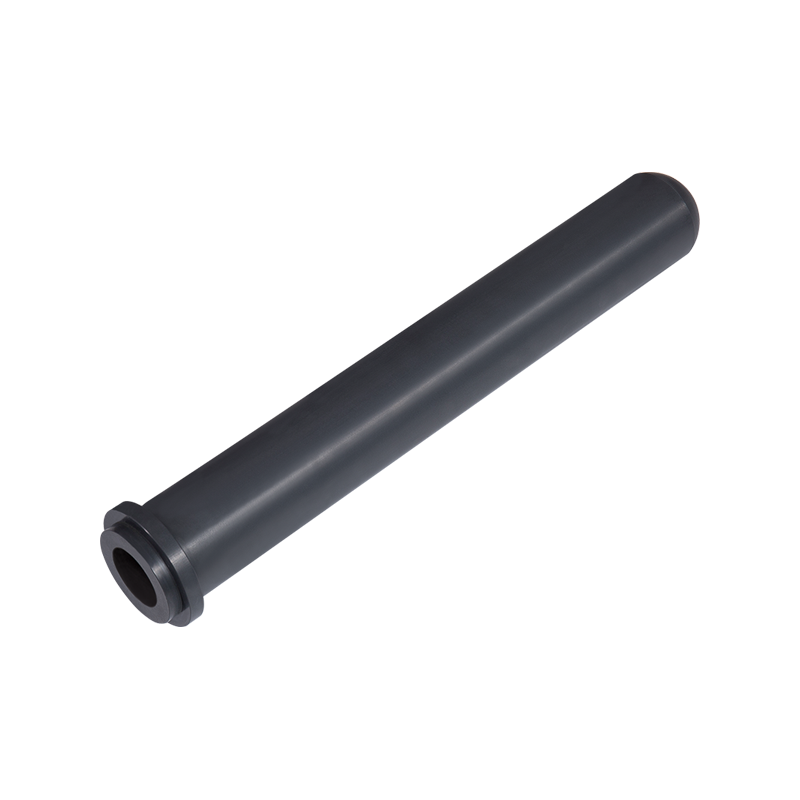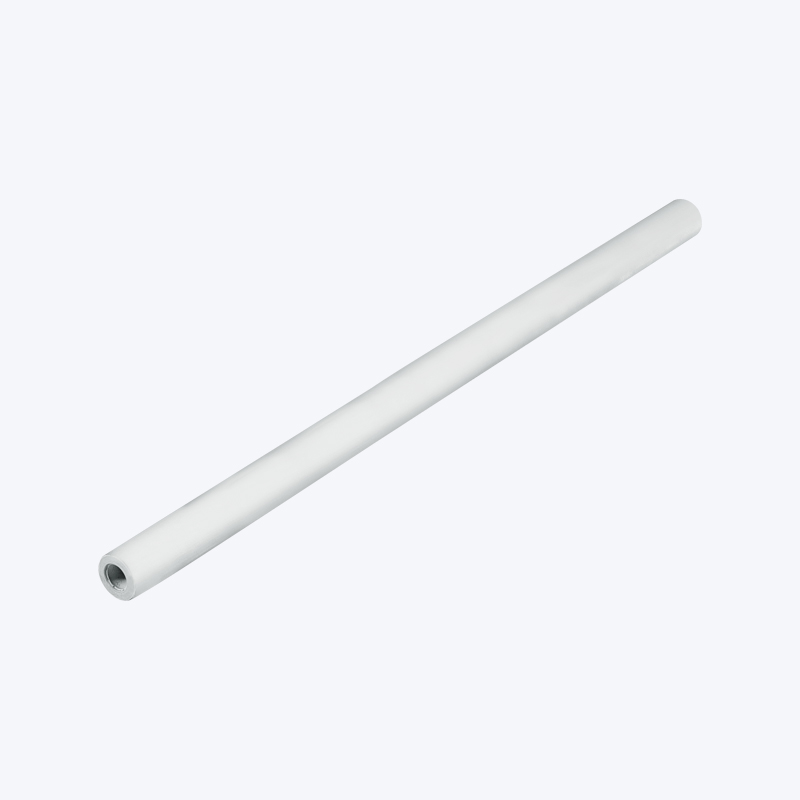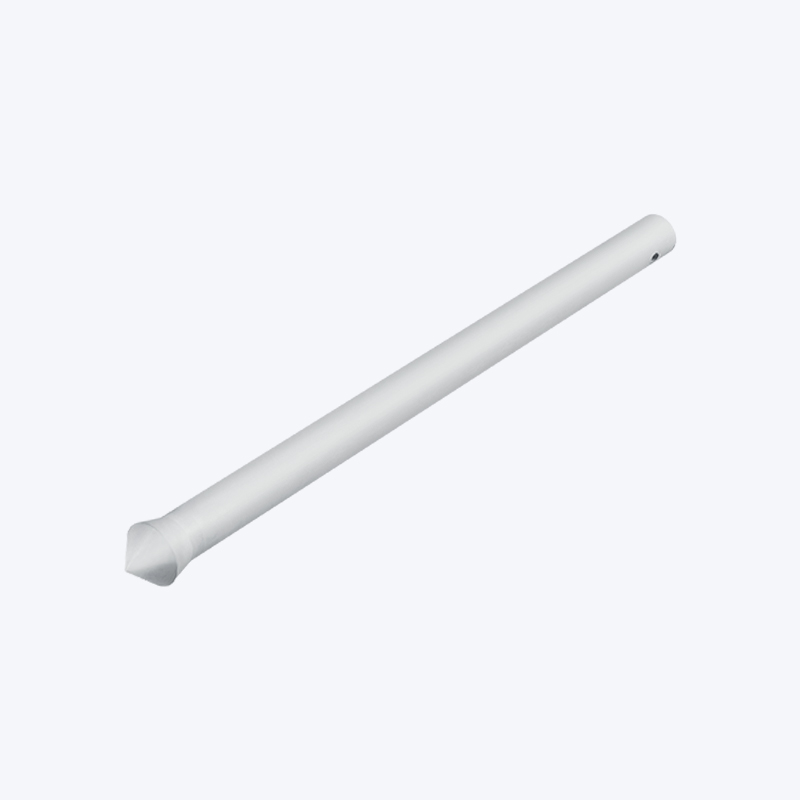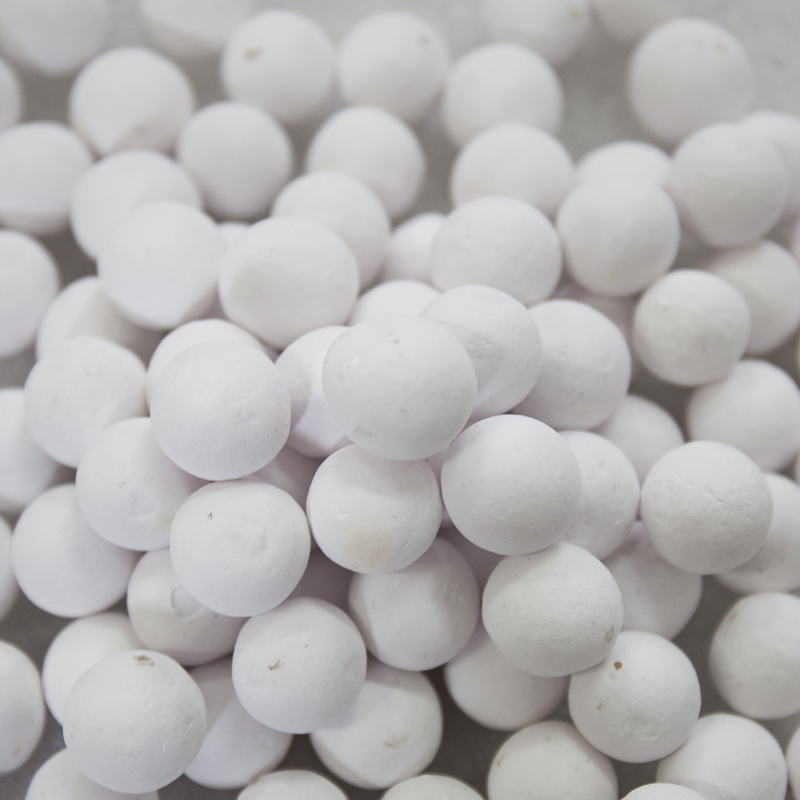The Unyielding Strength of Silicon Nitride: A Deep Dive into Its Hardness
In the world of advanced ceramics, few materials command as much respect for their mechanical properties as silicon nitride (). Among its most prized characteristics, its exceptional hardness stands out, making it a cornerstone for applications that demand extreme durability and wear resistance. This article explores the science behind the remarkable hardness of silicon nitride, its comparison with other materials, and its critical role in high-performance engineering.
The Covalent Bond: The Source of Its Strength
The hardness of silicon nitride isn't a happy accident; it's a direct result of its atomic structure. Composed of silicon and nitrogen atoms, the material is held together by incredibly strong covalent bonds. Unlike metals, which have a flexible metallic bond structure, or ionic ceramics with their more predictable crystal lattices, silicon nitride forms a rigid, three-dimensional network. This robust structure resists atomic displacement, meaning it takes a tremendous amount of force to cause a scratch, indentation, or deformation.
On the Mohs scale, which measures scratch hardness from 1 (talc) to 10 (diamond), silicon nitride typically ranks between 8.5 and 9. More precisely, on the Vickers hardness scale, its values often range from 15 to 20 GPa. To put this in perspective, this is significantly harder than high-strength steel, which typically falls in the range of 1-10 GPa.
Hardness vs. Toughness: A Critical Distinction
While hardness is crucial for resisting wear, it's often associated with brittleness in many ceramic materials. For example, some very hard ceramics can shatter catastrophically under impact. This is where silicon nitride truly shines. It possesses a relatively high fracture toughness, a measure of a material's resistance to crack propagation.
This unique combination of high hardness and high fracture toughness makes silicon nitride a superior choice for dynamic, high-stress environments. The material can withstand both continuous abrasive wear and sudden mechanical loads without failing. This dual-property advantage is what sets it apart from other advanced ceramics like alumina (), which is also hard but more brittle.
A Comparison with Other Materials
When evaluating materials for demanding applications, engineers often compare silicon nitride to other common choices.
-
Silicon Nitride vs. Silicon Carbide (): While silicon carbide is generally harder than silicon nitride (22-25 GPa Vickers), it is also more brittle. For applications with high impact risk, silicon nitride's superior toughness often makes it the preferred material.
-
Silicon Nitride vs. Alumina (): Alumina is a widely used ceramic, but it has a lower hardness and fracture toughness than silicon nitride. In applications that require extreme wear resistance or thermal shock resistance, silicon nitride outperforms alumina.
-
Silicon Nitride vs. Steel: There is no comparison in terms of hardness and high-temperature performance. Silicon nitride is significantly harder and retains its strength at temperatures where steel would soften and deform. Its lightweight nature—about 40% the density of steel—also makes it ideal for weight-sensitive applications.
The Impact of Hardness on Applications
The exceptional hardness and toughness of silicon nitride have enabled its use in a wide range of industries where traditional materials would fail.
-
Bearings: Silicon nitride balls in hybrid ceramic bearings offer a combination of low friction, high speed capability, and extended life. They are used in high-performance applications like aerospace turbines, machine tools, and electric vehicle motors.
-
Cutting Tools: The hardness of silicon nitride allows for the high-speed machining of hard-to-cut materials like cast iron and nickel-based alloys, significantly increasing production efficiency and tool life.
-
Automotive and Aerospace Components: From engine valve guides to turbocharger rotors, silicon nitride components are used in environments with high wear, heat, and stress, contributing to improved fuel efficiency and reduced maintenance.
In conclusion, the hardness of silicon nitride is not merely a single property but a foundational characteristic that underpins its utility in modern engineering. It is this unyielding nature, combined with its resistance to fracture and heat, that solidifies silicon nitride's position as a top-tier material for the most demanding applications.
Contact Us for Quotes and Prices!
Just let us know what you want, and we will get in touch with you as soon as possible!

 English
English 简体中文
简体中文













